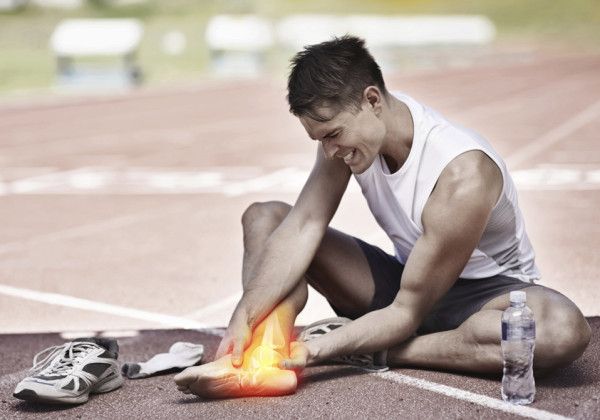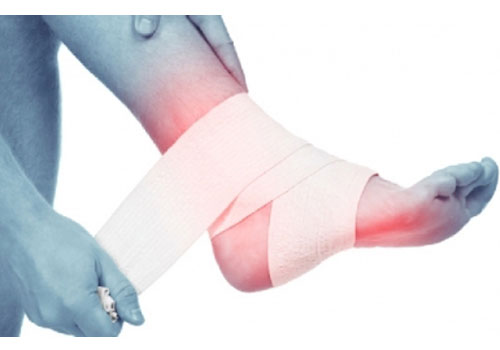
SPORT INJURIES TREATMENT
Sports injuries occur during exercise or while participating in a sport. Children are particularly at risk for these types of injuries, but adults can get them, too.
You're at risk for sports injuries if you:
- Haven't been regularly active
- Don't warm up properly before exercise
- Play contact sports
Sports injuries in young athletes are divided into following categories:
- Elbow injury - Tennis
- Shoulder injury - Swimming
- Elbow and wrist injuries - Gymnastics, Squash
- Stress fractures of shin bone and bones of feet.
Calamitous game wounds: Head and neck wounds are regular in numerous games, particularly physical games. They are normal in wide scope of games, for example, wrestling, ice hockey, swimming, soccer, shaft vaulting, aerobatic, cheerleading and so forth.
Blackout: They are mellow horrendous mind wounds. Football, soccer, ice hockey are the normal games that lead to blackouts.
Development plate wounds(Physeal Injuries): Injury to development plates at the finishes of long bones before development fruition may prompt bone disfigurement and aggravations in development. These wounds are regular in football, ball, aerobatic and so on.

Types of Sports Injuries
Different sports injuries produce different symptoms and complications. The most common types of sports injuries include:
- Sprains: Overstretching or tearing the ligaments results in a sprain. Ligaments are pieces of tissue that connect two bones to one another in a joint.
- Strains: Overstretching or tearing muscles or tendons results in a strain. Tendons are thick, fibrous cords of tissue that connect bone to muscle. Strains are commonly mistaken for sprains.
- Knee injuries: Any injury that interferes with how the knee joint moves could be a sports injury. It could range from an overstretch to a tear in the muscles or tissues in the knee.
- Swollen muscles: Swelling is a natural reaction to an injury. Swollen muscles may also be painful and weak.
- Achilles tendon rupture: The Achilles tendon is a thin, powerful tendon at the back of your ankle. During sports, this tendon can break or rupture. When it does, you may experience sudden, severe pain and difficulty walking.
- Fractures: Fractures can also occur in high contract sports or due to metabolism disorder.
- Dislocations: Sports injuries may dislocate a bone in your body. When that happens, a bone is forced out of its socket. This can be painful and lead to swelling and weakness.
- Rotator cuff injury: Four pieces of muscle work together to form the rotator cuff. The rotator cuff keeps your shoulder moving in all directions. A tear in any of these muscles can weaken the rotator cuff.

TREATMENT
The RICE method is a common treatment regimen for sports injuries. It stands for:
- Rest
- Ice
- Compression
- Elevation
This treatment method is helpful for mild sports injuries. For best results, follow the RICE method within the first 24 to 36 hours after the injury. It can help reduce swelling and prevent additional pain and bruising in the early days after a sports injury. Here's how to follow RICE, plus a recovery timeline.
Both over-the-counter and prescription medications are available to treat sports injuries. Most of them provide relief from pain and swelling.
If your sports injury looks or feels severe, make an appointment to see your doctor. Seek emergency care if the injured joint shows signs of:
- Severe swelling and pain.
- Visible lumps, bumps, or other deformities.
- Popping or crunching sounds when you use the joint.
- Weakness or Inability to put weight on the joint.
- Instability

